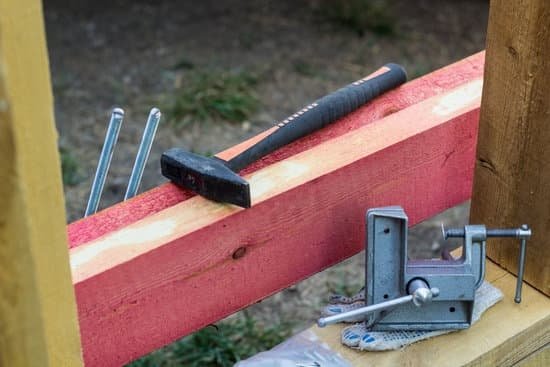
Many of the great woodworkers have become skillful because they have had the opportunity to watch and learn from a pro. Undoubtedly, serving as an apprentice under a professional woodworking expert is the best way to hone your own skills but not everyone has this opportunity.
However, if you have the drive and passion for woodworking, it is entirely possible to become highly skilled by simply reading about the subject. The following includes some useful tricks of the trade that will surely help you to get the most out of your woodworking tools. A woodworking expert is not born; it takes time and some useful hints.
Wood is the woodworker’s most important tool. Without wood, your woodworking tools would have no job and there could be no end product. The first trick to woodworking is knowing how to properly cut plywood, and that involves using the right tools and manipulating the wood in the appropriate way. Different cutting jobs require different blades. Blades differ depending on the number of teeth, the width, angle and the rake of the blade.
Before cutting, assess which blade best suits your cutting needs and which one will help you to produce the cleanest cut possible. When you are ready to cut, score the cut first by running the plywood through your saw once, removing only a small piece. The next cut that you make will be much cleaner. To keep a clean line in your cut, use a router. Make sure that your router is fitted with a straight bit as this will help you to achieve a clean line.
A pilot bit and a straight edge will also help produce a clean line. You may also want to consider purchasing a panel scoring setup. Some saws can be fitted with a plywood panel scoring setup that is most useful if you cut a lot of plywood. This setup consists of a smaller blade that first scores the surface of the plywood before the wood reaches the cutter.
Once you have your wood cut, it is necessary to sand down the rough edges. You may not realize it, but sandpaper is one of your important woodworking tools. Here are some helpful wood sanding hints. For easy handling, some woodworkers cut their sandpaper into smaller pieces if they have a sanding block or a finishing sander while others fold the sandpaper to rotating sides as it wears down.
However, make sure that your sandpaper is not folded so that two abrasive sides touch as this will wear down the paper against itself during use. To prevent this, fold the paper so that the abrasive sides contact only the non-abrasive sides. This simply requires a single cut along half of the sheet.
Once all your wood is cut and well sanded, you are ready to build. Handling wood is not always easy though, but there are tricks that can help you to do the job right. Anyone who has ever tried to nail into the end of board knows that splitting can happen because as the nail is driven into the wood, the wood fibers are forced apart causing the grain to split.
Experienced carpenters will flatten the tip of the nail with a hammer before driving it into the wood because a flattened tip will slice through the wood and crush the fibers rather than split them. This woodworking trick is most useful when installing molding and trim.
There are so many tricks of the trade to be learned when it comes to woodworking. You will find that as you begin to amass a larger knowledge of woodworking tips, your projects will start to look better, and you will be well on your way to becoming a woodworking expert. Woodworking professionals will tell you that there exists an important relationship between the tools you use and the wood you handle.

Hi everyone! I’m a woodworker and blogger, and this is my woodworking blog. In my blog, I share tips and tricks for woodworkers of all skill levels, as well as project ideas that you can try yourself.





